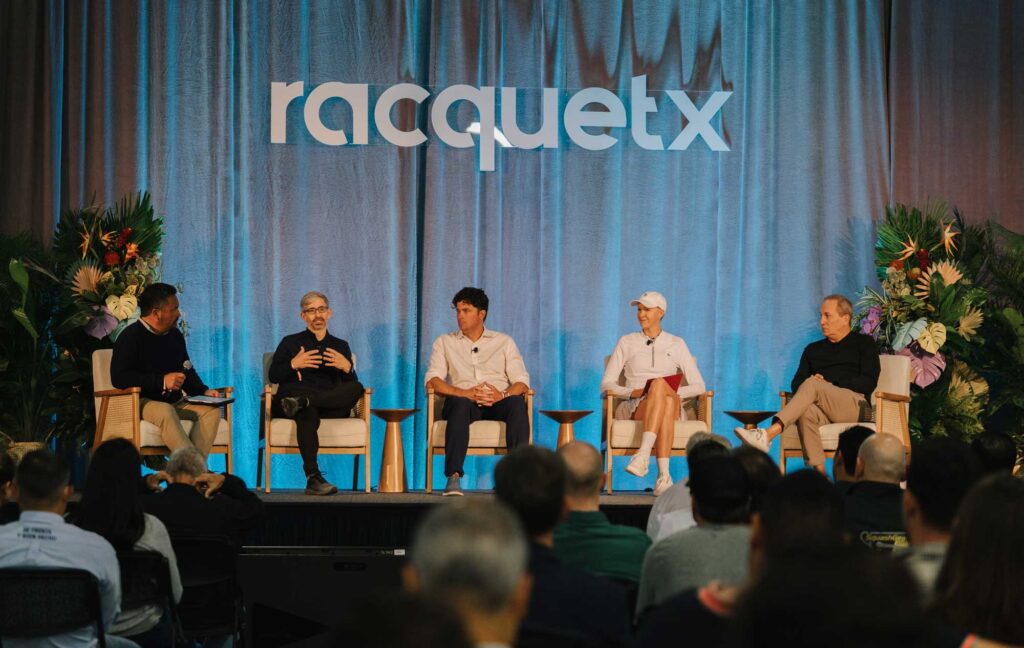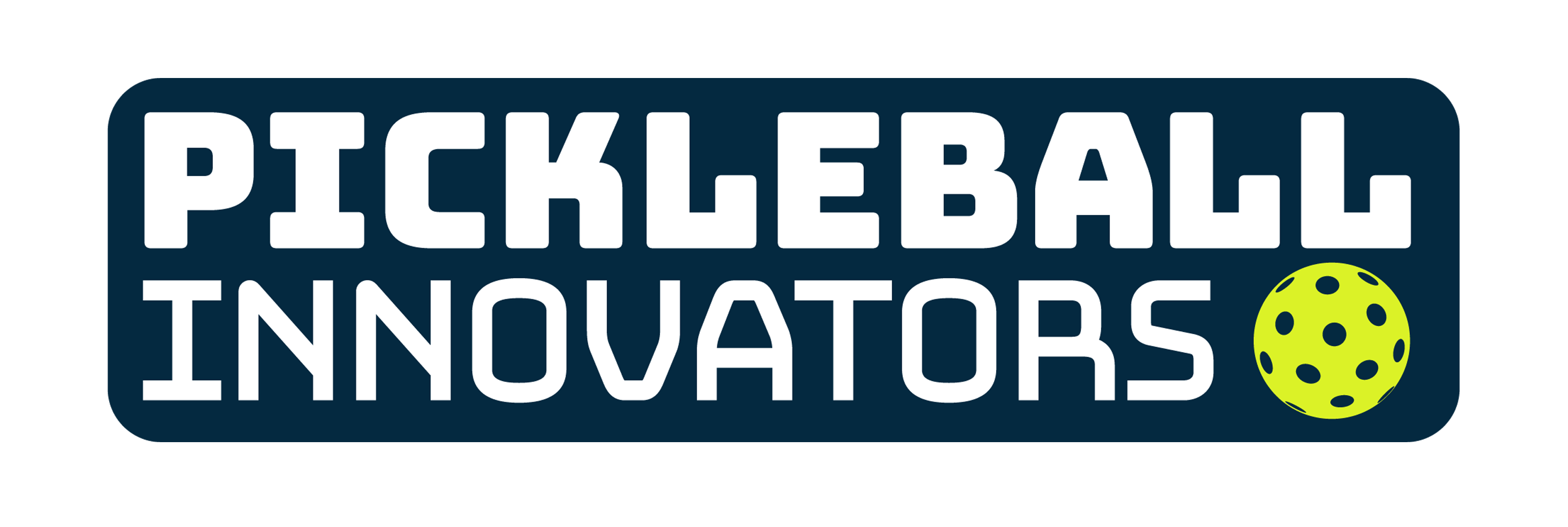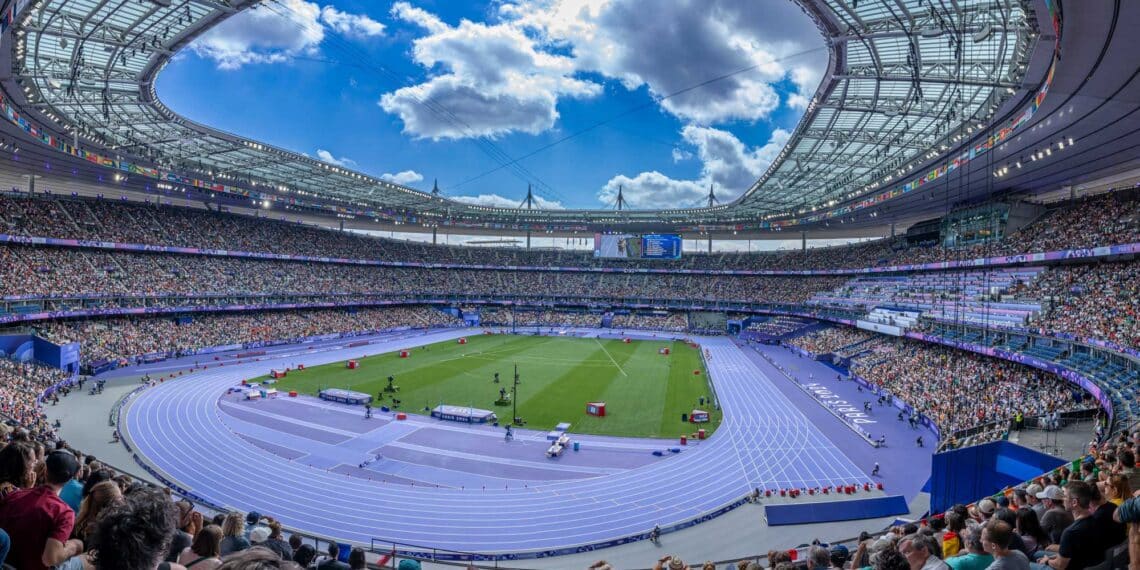Pickleball in the Olympics? Experts share what this will take, potential timing and impact on the sport’s global future.
At the RacquetX conference on March 23 in Miami, Florida, a panel of sports leaders gathered to discuss the global race for Olympic recognition among emerging racquet sports. The session, titled “The Next Gen: The Padel and Pickleball Race for Olympic Status,” featured Chandler Carney of the Global Pickleball Federation, Kevin Klipstein of US Squash, Robert Quicksilver of USA Pickleball, Renato Paiva of Access Youth Academy, and Ryan Redondo of Taktika Padel. Together, they explored the complex path to Olympic inclusion — and what it means for the future of pickleball.
The Olympic Path Is Long — and Requires Global Unity
The discussion highlighted that Olympic inclusion is a two-step process: first, a sport must be officially recognized by the International Olympic Committee (IOC) through an international governing body. Only then can it be considered for inclusion in a specific Olympic Games, often through support from the host country. Panelists emphasized that recognition alone is not enough — sports must demonstrate global reach, consistent rules and governance, youth appeal and widespread competition.
Global Expansion Is Essential
While pickleball’s domestic growth has been explosive, the panel stressed that international traction is what the IOC values most. The Global Pickleball Federation (GPF), founded less than two years ago, now includes over 60 countries. However, building strong national federations, standardizing rules and investing in grassroots programs abroad are the next critical steps. Operators should be aware that their business success helps fund and fuel the broader growth necessary to earn Olympic recognition.
Learn from Squash and Padel
Squash’s decades-long journey to the Olympics — recently culminating in inclusion at the LA28 Games — serves as a roadmap. Persistent collaboration between federations, investment in global youth development and a strong professional tour ultimately paid off. Padel, meanwhile, has achieved rapid global growth and now checks many of the boxes the IOC looks for, including gender parity and wide international presence. Both stories underline the importance of unification, especially in governance and vision.

Youth, Media and the U.S. Market All Play a Role
According to the panel, the IOC prioritizes sports that attract younger audiences and generate strong media attention. Pickleball’s demographic shift toward younger players and recent media events — such as televised tournaments and amateur world competitions — are promising signals. Still, a truly global media footprint and youth pipeline will be needed. Additionally, while success in the U.S. helps, it’s not enough; global appeal must be proven.
Patience Is Part of the Process
Panelists were clear: Olympic inclusion doesn’t happen overnight. Even sports with huge global followings, like cricket, have waited over a century to return to the Games. For pickleball, the most realistic near-term opportunity may be as part of Brisbane 2032 — especially if local enthusiasm and government support align. But regardless of timeline, operators should stay focused on building the sport’s foundation through community engagement, youth access and international partnerships.
What This Means for Pickleball Businesses
For business owners and operators, the conversation serves as a reminder that the success of the sport at large — and potentially its Olympic future — hinges on strategic, united growth. Supporting international expansion, adhering to consistent rules and standards, and creating opportunities for youth and media visibility will all be key. Whether or not the Olympics are in pickleball’s immediate future, investing in the sport’s long-term ecosystem is a smart play.
With over a decade spent covering the business side of sports and fitness, Rachel Chonko brings a wealth of experience and a true passion for active communities to Peake Media. As Editor-in-Chief, she’s focused on helping pickleball clubs and fitness facilities thrive, from guiding growth strategies to showcasing the latest industry trends. Rachel also hosts the Club Solutions Magazine Podcast, where she interviews leaders in fitness and pickleball to share insights and success stories with the wider community to give her listeners a competitive edge.
After taking up pickleball herself, Rachel has come to appreciate the sport’s unique blend of social connection and active living — a mix that’s perfectly in line with her editorial philosophy. Connect with her on LinkedIn, or check out her articles below for a deep dive into the energy and culture driving pickleball’s rapid rise.







